Mathematical Topics: Base 10 Number System & Doubling Method
Relevance: Ancient Egypt
Suggested Age: 8th | 9th
Suggested Course: Middle School or Algebra 1

Lesson Summary:
This lesson intends for students to consider the influence of mathematics on Ancient Egypt’s society. Students will consider how the use of geometry contributed to the building of the pyramids. Additionally students will explore the importance of the Nile River in the development of Ancient Egypt. Students will then consider how mathematics was necessary for Egyptian society. They will learn about the Ancient Egyptian hieroglyphic base 10 number system and the doubling method as a strategy for multiplication. Discussion questions will guide students into conversation about the importance of mathematics, in Ancient Egypt, the implications of miscrediting knowledge and our Western perception of the advancement of ancient civilizations. Lastly, there is an extension activity provided that will allow students to debate the ethics of excavating the Pyramids.
Our Lesson Plan
Our lessons are made to be printed or downloaded. Please do so through the link below.
Our Presentation
Our presentations are made to be printed or downloaded. Please do so through the link below.
Student Handouts
Our student handouts are made to follow the progression of the teacher guide. Download and edit to fit your students needs.
Hook: (10 minutes, slides 2-4)
The hook introduces students to the idea that Egyptians utilized and applied the concept of Pythagorean’s theorem when building the Pyramids. Slide 3 allows students to notice and wonder about a 3, 4, 5 right triangle created from knots and rope. The goal is to get students to see that the rope has created a right triangle. Slide 4 provides visuals for students to consider how this tool might have been helpful in creating right triangles when marking out field boundaries for pyramids. Students will try to envision how the Ancient Egyptians could have used this tool, based on a Pythagorean triple to construct.
Relevance Explored: (25-30 minutes; slides 5-9)
The relevance explored section pushes students to consider how mathematics helped further society through the construction of the pyramids and other societal needs based on the Nile river. On slide 6, students will begin by reading an article found on the student handout linked here. This article will allow students to make the connection that the pyramids were build to honor the higher social class of Pharaohs to eventually worship them when they become gods in the afterlife. The reading also emphasizes that it was the peasants, slaves and servants who were actually building the pyramids. Through the discussion questions provided ideally guide students to consider how mathematics furthered spirituality in Ancient Egypt by providing a foundation for constructing right angles. Additionally students will hopefully learn that those actually engaging in mathematics were of the lower social class. Challenge students to reconsider our Westernized perception of who are “doers” of mathematics.
Slides 7-9 share how the Nile river was the greatest resource for Egypt. It is encouraged to ask students what they have learned about the Nile River from history class to make cross curricular connections. Slide 8 provides a video on The Impact of the Nile River in Ancient Egypt. Slide 9 provides questions for students to make connections between the need for a mathematics system to make the best use of the resources provided by the Nile River.
Mathematical Exploration: (30-40 minutes; slides 10-16)
During the mathematical exploration students will explore the doubling method that the Egyptians used to multiply 2 digit numbers in their base 10 hieroglyphic number system. Slide 11 si provided as an instruction for students to consider how they were taught to multiply 2 digit numbers. It also pushes students to consider alternative ways to show their solutions. Ideally students will complete their solutions on whiteboards following the Building Thinking Classrooms model where you can easily display different solutions and showcase student work. If not, either project students work under a document projector or on the main classroom whiteboard.
Slide 12 introduces the Egyptian doubling method to students through a video. Slide 13 is intended to give students the chance to practice this strategy with some guided hints. It is encouraged to go over this problem as a whole class to answer any questions or concerns students may have about the doubling method. Slide 14 provides students with problems to practice, ideally on whiteboards following the Building Thinking Classrooms strategy.
Slides 15 and 16 introduce the Egyptian base 10, hieroglyphic number system. Slide 15 introduces the hieroglyphs to students through a notice and wonder and confirms that they use base 10, similar to our decimal system. Slide 16 asks students to complete an example of applying the doubling method but actually doing it usually the hieroglyphics.
Student Discussion: (10-15 minutes; slides 17-18)
Students should be given the time to discuss and debrief the lesson together. The discussion questions intended to let them reflect on Westernized perceptions of the development of Ancient cilivizations. The questions provided are just suggested questions and should be edited and developed to meet the needs, identities and personalities of your students. They can be considered in partners, small groups or whole class discussions based on your student population.
Extension Activities: (slides 19-20)
If you would like to spend more time on than the lesson provided there are extension ideas ready to explore. Based the student population and task chosen additional research and development of content might be necessary:
- Extension 1: (slide 22) Debate on the Ethics of Excavating the Pyramids. Students will debate if it was ethical for the pyramids to be excavated to gain knowledge. Ideally you split the class into equal teams to prepare for the debate, one group being for excavating and the other group being against.
More Lessons
Below you’ll find our resources which are filterable by their age group and mathematical topic.
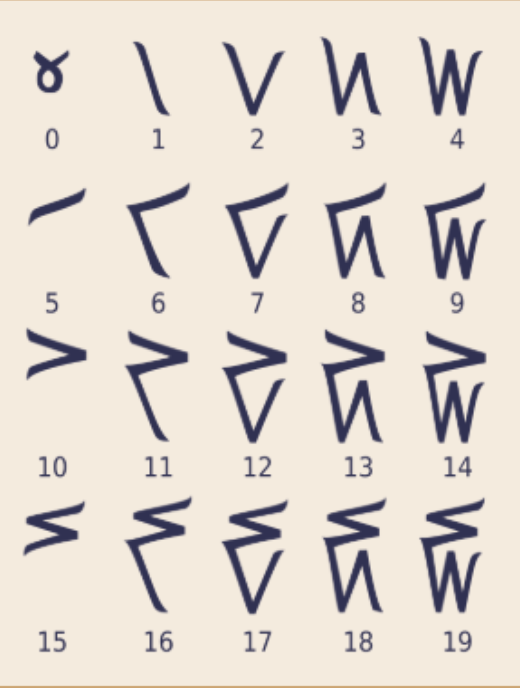
Kaktovik Numerals & Base 20

Tessellations in West African Hair Braiding

Density in Dominican Cakes compared to American Cakes
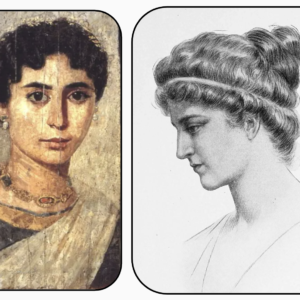
Hypatia of Alexandria & Conic Sections
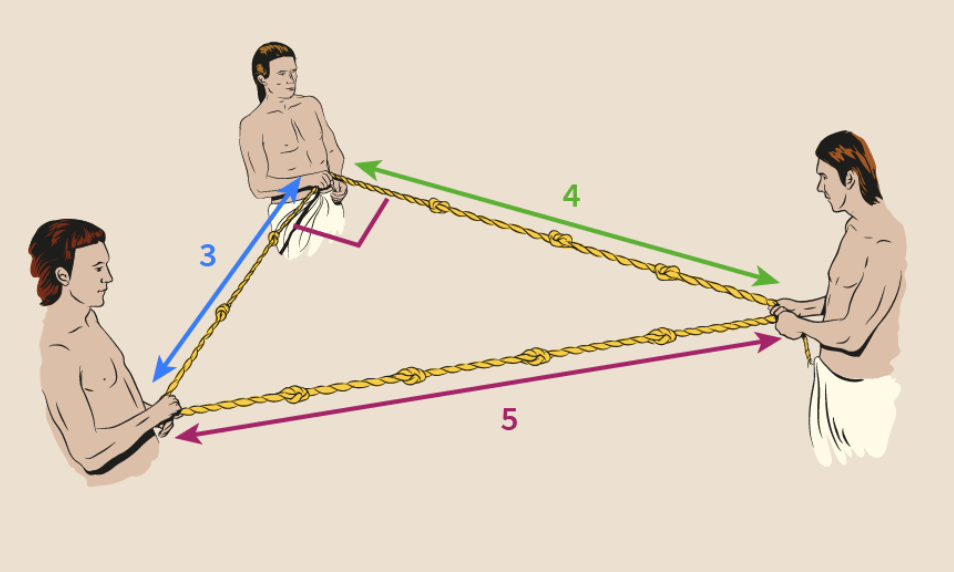
Ancient Egyptian Base 10 Number System & Doubling Method
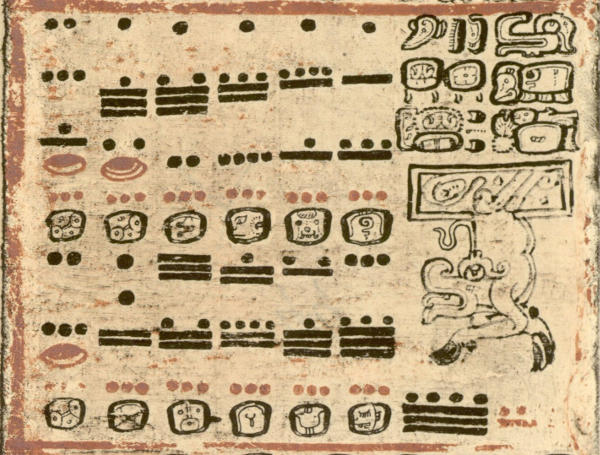
Maya Calendar & Base 20 Number System
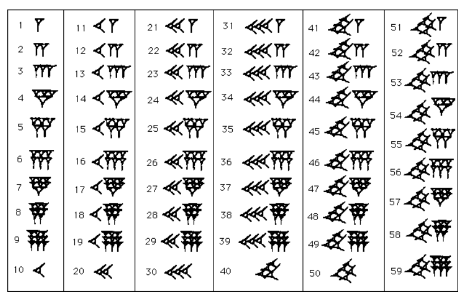
Ancient Babylon Base 60 Number System
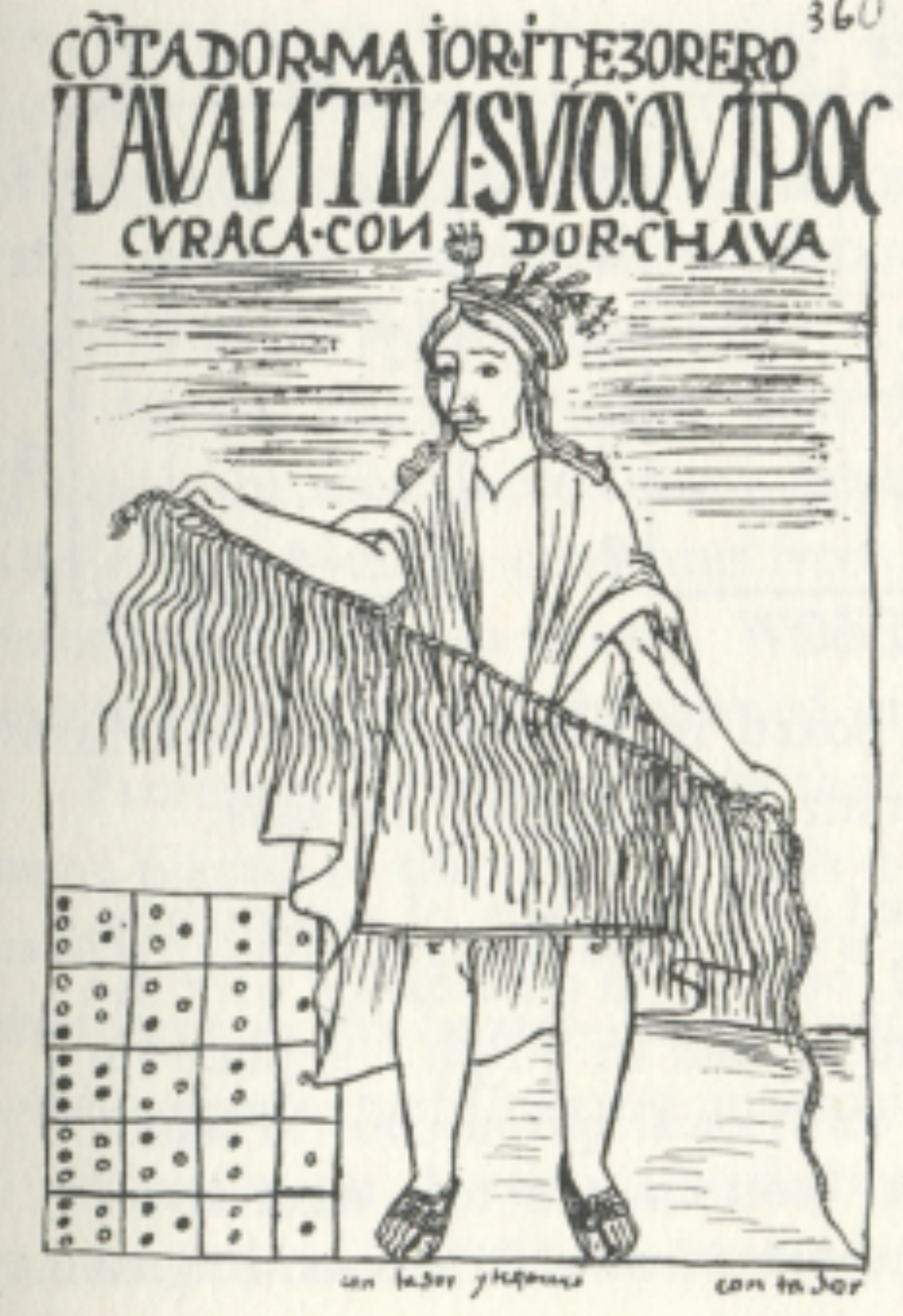
The Origins of Fibonacci’s Sequence
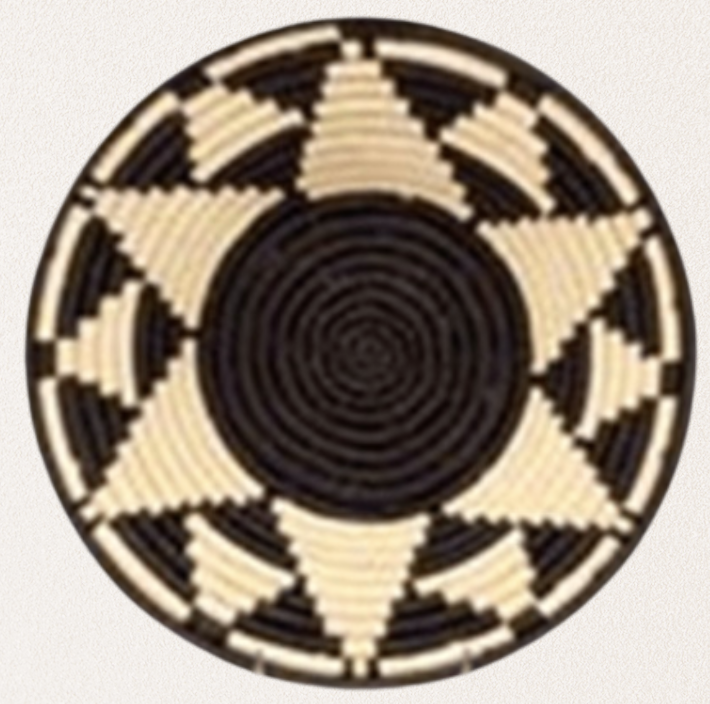
African Baskets & Regular Polygon Rotations

Ancient Mathematical Puzzles: Magic Squares and Hexagonal Tortoises
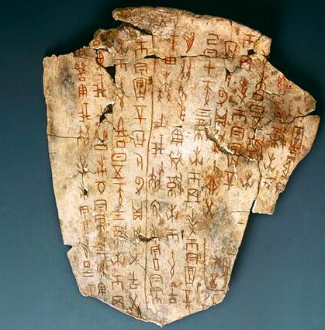
Oracle Bones & Counting Rods

